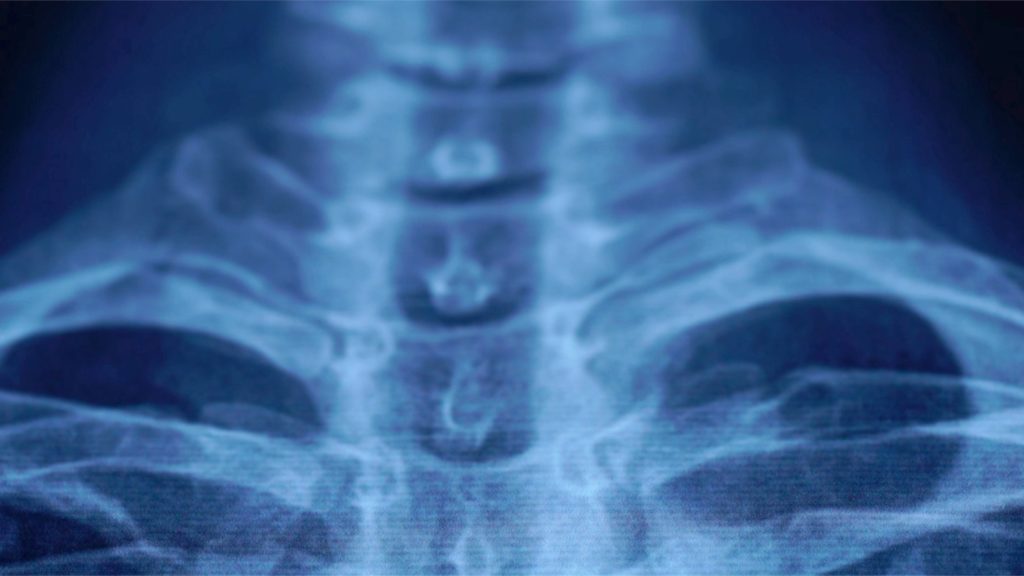RIO DE JANEIRO, BRAZIL – Scientists at the Royal Melbourne Institute of Technology in Australia have been able to regrow bones by emitting high-frequency sound waves on stem cells, a potential breakthrough in regenerative medicine.
They say it’s faster, more effective, and less expensive than existing experimental methods of regrowing bones using stem cells extracted from bone marrow, an often painful and invasive process.
“Sound waves reduce the treatment time typically required for stem cells to develop into bone cells by several days,” said Amy Gelmi, a research fellow at RMIT and co-author of a paper on the research published in the journal Small, in a statement about the research. “This method also does not require special ‘bone-inducing’ drugs and is very easy to apply to stem cells.”
“Our device is cheap and simple to use, so it could easily be scaled up to treat many cells simultaneously – which is vital for effective tissue engineering,” said Leslie Yeo, co-author, and professor at MRIT, in the release.
Once the stem cells are transformed into bone cells, the idea is to inject them locally or even apply them to an implant to regrow or develop entirely new bone.
Instead of relying on hard-to-get bone marrow stem cells, the technique can use other cells from the patient’s body, including fat tissue.
A small device developed by the researchers generates sound waves at frequencies above ten megahertz, several orders of magnitude above the audible spectrum.
In one experiment, the researchers projected these sound waves onto stem cells for 10 minutes a day for just five days, significantly stimulating the processes of turning these cells into bone.
“We can use the sound waves to apply the right pressure to the right places in the stem cells to trigger the transformation process,” Yeo said.
The team still has one major hurdle: scaling the platform for medical use. But given the low cost of the technology, the researchers hope it can one day be turned into “practical bioreactors” to optimize regenerative medicine.
This article is an excerpt first published at Futurism


